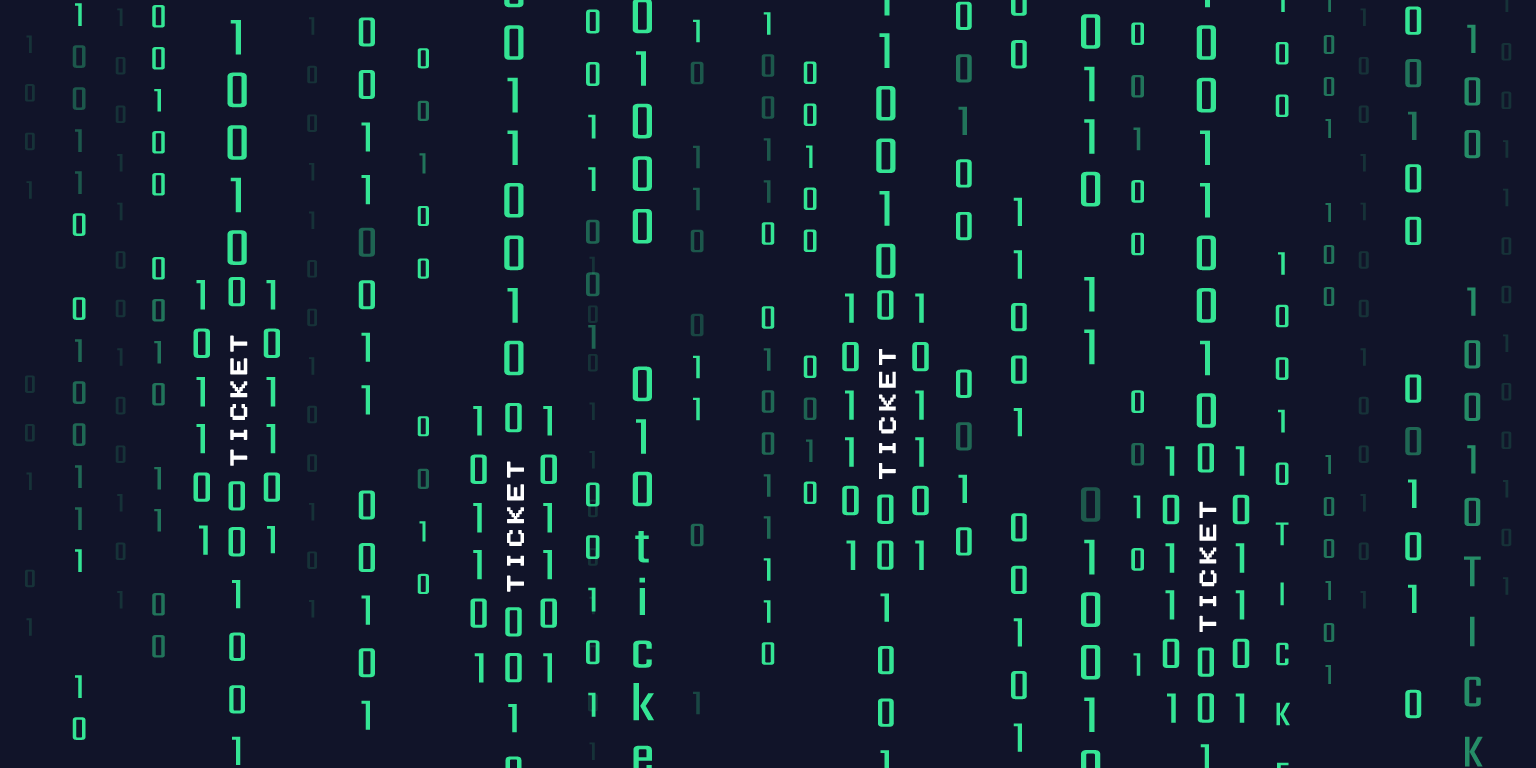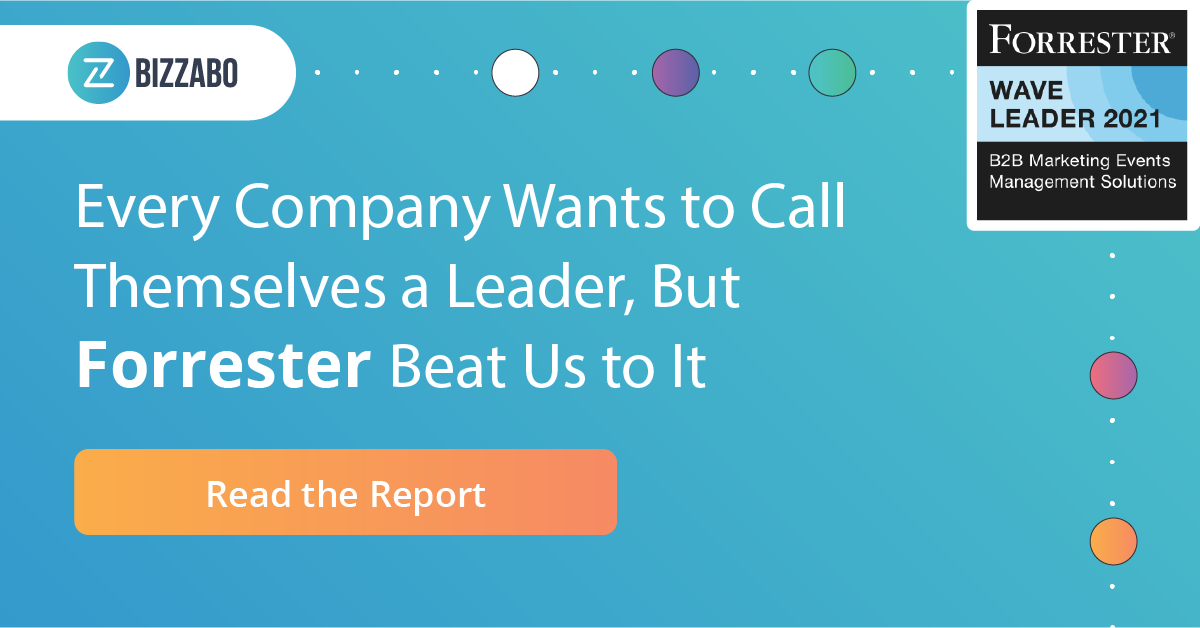Data can be a gold mine for event marketers. But first they have to know where to find it.
“If you can’t measure it, you can’t improve it.”
Peter Drucker’s famous maxim may be something of a business cliche, but it’s as true now as it was 50 years ago. Relying on gut feel will only get you so far.
To overcome the event impact gap—and create events that deliver fantastic attendee experiences and incredible business results—marketers must look past intuition and tap into the huge wealth of data in their tech stacks.
Here are 6 key considerations to keep in mind while you’re mining your events for data, analyzing the information, and refining your event marketing strategy.
1. Build on firm hybrid foundations
Following the COVID-19 pandemic, the virtual genie is well and truly out of the bottle. People enjoy attending conferences on the other side of the world without having to leave their home offices. They expect on-demand video and virtual-first experiences.
By now, most event marketers understand that there’s no going back. Organizations that stick with dated, in-person-first event platforms will get left behind.
Virtual systems—or better yet, dedicated hybrid platforms like Bizzabo—lift the curtain on attendee behavior, providing critical data that marketers once only dreamt of.
Consider someone registering for our Agents of Hybrid event, says Devin Cleary, VP of Global Events at Bizzabo. Imagine they select three tracks on the registration page: Health and Safety; Budgeting; and Branding. The event rolls around and they join virtually. But instead of watching a health and safety presentation or participating in a budgeting workshop, they join a talk on audience engagement and then one on branding.
“Event marketers need to figure out a way to capture behavioral data,” says Cleary. “By watching what they do, we can understand what they’re truly interested in and drive next level, personalized insights.”
It’s a message echoed throughout our customer base. During an appearance on our IN-PERSON podcast, Adele Durham, VP of Events at Haymarket Media, evangelized on the value of in-depth behavioral data.
“The data you can pull from a virtual events platform will show you not just who showed up, but what they did,” she told IN-PERSON. “It’s grown from just knowing who’s registered and who’s attended, to a place where you can look at behaviors.”
You can’t retrofit that data. You can’t find it elsewhere. There’s no substitute for getting the basics right and laying a strong foundation. (Learn more about choosing a virtual event platform).
It’s also essential your marketing platform communicates across your technology stack. To enable your event data to flow seamlessly, look for native integrations with sales and marketing tools.
2. Set your success metric—early
When Rex Serrao, Salesforce’s Senior Director of Marketing Technology, sits down to plan an event, he doesn’t start with venue research or speaker outreach. Instead, he starts at the end.
“That is probably the most important thing: set your hypothesis ahead of time,” he said recently on our IN-PERSON podcast. Consider a brand awareness event for Salesforce. The purpose of that event isn’t to accelerate existing deals or generate new pipeline. The sole reason Serrao would run that event is to find people who didn’t know about Salesforce and educate them on the company.
Although he generates a lot of data—web analytics, live video engagement, on-demand requests, engagement data, and so on—he ties everything back to his ultimate success metric.
“All the data I collect needs to be mapped against the success metric to see which have a correlative or causative impact on the metric,” he explains.
Focusing on an ultimate success metric helps Serrao cut through the noise. Did his recent event feel successful? Perhaps. But that gut feel is nowhere near as powerful as interrogating the data and seeing whether it did in fact increase brand awareness, generate new pipeline, and accelerate existing deals.
3. Integrate event platforms with other tech stacks
Serrao’s plan requires event marketers to collect and analyze data from outside their event platform. Consider a roadshow event. (And check out even more hybrid event ideas.) You attend to demonstrate new products, engage new prospects, and promote your brand’s message. But your ultimate success metric is simpler—to generate pipeline.
The problem is that event and sales data live in two separate ecosystems. Without access to sales data, event marketers defaulted metrics like event attendees to evaluate success. This has to change.
“Why are events any different to other marketing channels?” says Cleary. “What influenced or sourced pipeline are you seeing? How many marketing qualified leads did you bring in? How many net new contacts did you add to the database? Those are the real mechanics and mechanisms.”
To avoid messy manual data collection and manipulation, your event platform requires a native integration to your marketing automation platform (MAP) and CRM. Where these don’t exist, look for a platform with an open API, which will allow you to build custom integrations and webhooks.
But integration is also an organizational challenge. Marketing (or events, if it is a standalone department) requires a strong working relationship with sales to access lower-funnel metrics like pipeline and revenue.
It’s a tough challenge, but for organizations that push for deeper data integration, the benefits are huge.
“It’s that initial exploration that continued to keep us interested in the data,” says Serrao. “Not just the actual measurement, but the impact. Was dwell time truly correlated with pipeline generation? If someone was on the platform for 45 minutes, was that materially different than if someone was on the platform for two hours?”
4. Enrich event data with other sources
The flow of data shouldn’t be one-way. Event data should inform other systems—and vice versa.
At Cisco, Heather Henderson Thomas, Senior Manager of Strategic Operations and Event Experiences, pulls from myriad different data sources to build a complete picture of her event attendees.
“We try to learn as much as possible about our attendees, using our business analytics database, different registration profiles, and their Cisco account,” she explained on IN-PERSON.
Although this began as a patchwork system, Cisco rolled out a single sign-on function across its ecosystem. Now, every last byte of data on a customer—”what they’ve purchased, their next projects, things like that”—lives in a single record.
With a more complete picture of each attendee, Thomas and her team can turn the dial on personalization, delivering highly tailored content, suggestions, and conversations.
Across the event industry, we’re only now seeing the first green shoots of enrichment strategies. Despite this, Bizzabo sales engineer Ali Kamyab is incredibly excited by the possibilities.
“I can tell if an attendee is attentive at a session or whether they have me on a second tab,” he explains. “We can get highly granular with this stuff. When I talk to my clients about it, their eyes open up.”
5. Experiment to discover new data sources
We’re standing at the dawn of the hybrid era, and no one really knows what the future holds. While slightly destabilizing, that fact opens up a huge opportunity for experimentation. It’s something Serrao has deployed to great effect at Salesforce.
Instead of focusing on basic metrics like watch time—“If you’ve muted it or taken your headphones off, does it really matter?”—he’s investigating engagement-focused behaviors.
“Should we really track the number of times someone comments, clicks an emoji, or bookmarks a session?” he said. “Are those things important?”
Like most event marketing leaders, Serrao doesn’t have firm answers yet. He’s keeping an open mind, testing out new ideas, and seeing where the data takes him. While he’s hit some dead ends, he’s also discovered many novel correlations—connections he’s now using to optimize his events strategy.
6. Data won’t tell you everything
American astronomer Clifford Stoll once said: “Data is not information, information is not knowledge, knowledge is not understanding, understanding is not wisdom.” It’s a great reminder of the limitations of data.
While marketers can—and should—capture as much data as possible, they can’t trust and follow it without thinking.
As General Manager of CNBC Events, Jonathan Meyers wrestles with this dilemma on a daily basis. His solution has been to match hard data with qualitative insights. Every event KPI comes with a survey. Every metric has a related interview.
“Data will tell you a lot, but it won’t tell you everything,” he said at (Almost) HYBRID. “So we’re surveying attendees before and after events, and we’re looking for insights and ideas.”
Discover Your Data Gold Mine
Everyone agrees that data is important. But knowing how to surface it is another challenge altogether. The six sources in this article will provide a great foundation for data-minded marketers:
- Invest in hybrid technology. Without a strong foundation, your events will crumble.
- Set an overarching success metric. Drill down past vanity metrics to real commercial performance.
- Tap into other data sources. Events don’t exist in a vacuum. Use data to benchmark your performance and improve attendee experience.
- Enrich other tools with events data. We’re generating more data than ever. Use it to augment your sales, marketing, and customer success programs.
- Experiment. This is a brave new world and no one has discovered the perfect approach yet. Try out new strategies, interrogate different data points, and discover novel connections.
- And stay human. Data won’t tell you everything so keep your marketer’s intuition honed and ready.
But know that this list isn’t exhaustive.
Keep searching for new data sources and novel combinations. Stay inventive and curious. Because as we’ve seen over the past year, the event industry can change incredibly quickly.
Surfacing Impactful Data for Your Event Program
Learn more about how you can prepare for the hybrid present and future of events, download Forrester’s B2B Marketing Events Management Solutions, Q1 2021 report for free today.
Click here to see original post


